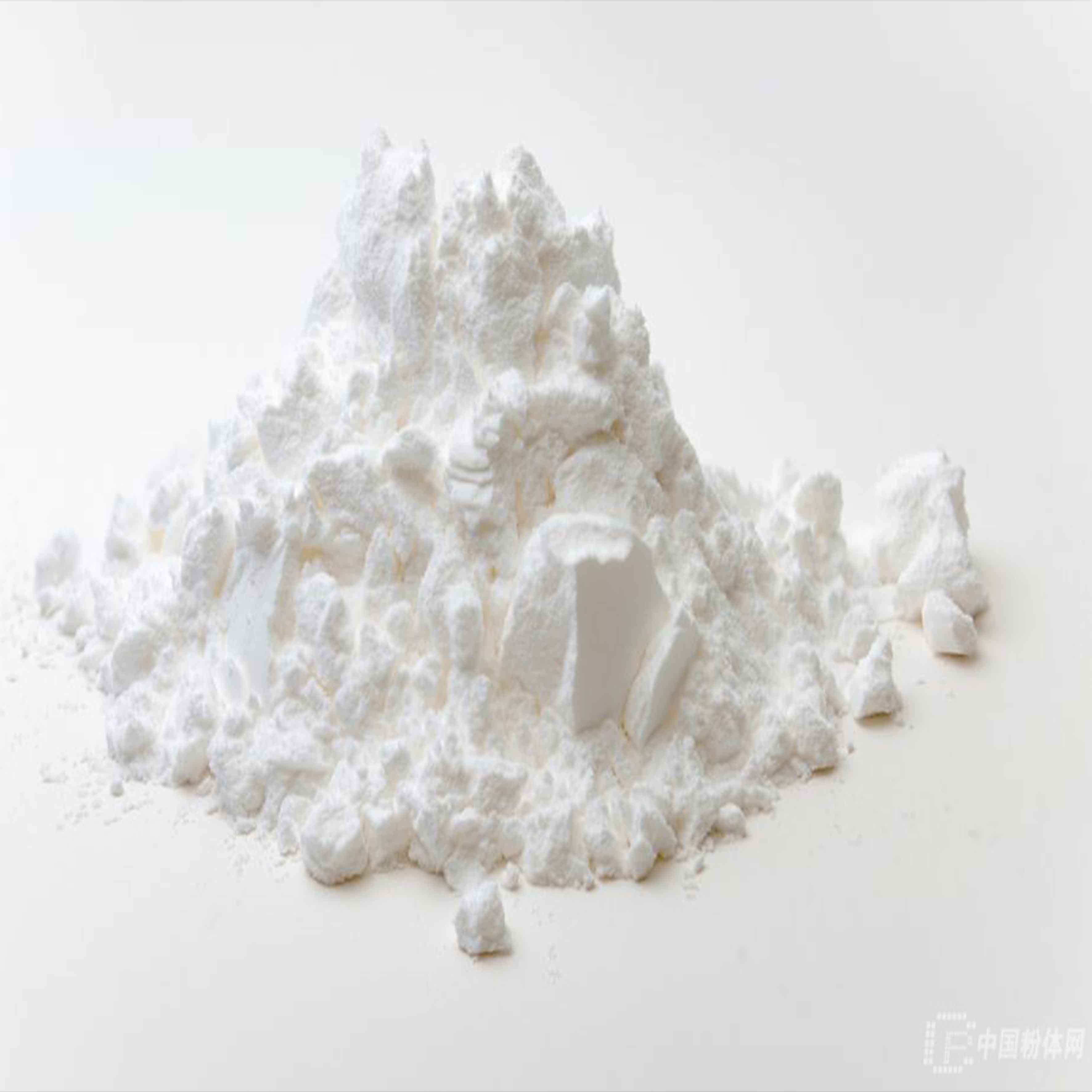
Septemba . 25, 2024 10:57 Back to list
Exploring the Properties and Applications of Lithopone in Modern Industries
Lithopone, a white pigment primarily composed of barium sulfate (BaSO4) and zinc sulfide (ZnS), has played a significant role in the paint and coatings industry since its introduction in the early 20th century. Known for its excellent hiding power, brightness, and durability, lithopone is favored as an alternative to more traditionally used white pigments, such as titanium dioxide.
One of the key benefits of lithopone is its unique composition, which gives it distinct physical and chemical properties that contribute to its effectiveness as a pigment
. The barium sulfate component provides lithopone with stability and durability, ensuring that the pigment maintains its integrity over time, even in adverse environmental conditions. Meanwhile, the zinc sulfide component contributes to its brilliant whiteness and opacity, making it particularly appealing for applications in paints and coatings.Lithopone is primarily utilized in the manufacture of water-based and solvent-based coatings, plastics, and adhesives. In paints, it serves as a filler that enhances the texture and performance of the final product. Its resistance to ultraviolet (UV) light also means that lithopone helps maintain the color integrity of paints exposed to sunlight, preventing them from fading over time. This characteristic is beneficial for outdoor applications, where prolonged exposure to harsh weather conditions is a concern.
Moreover, lithopone is resistant to chemical reactions, making it suitable for use in various industrial applications. Its inert nature means that it can be safely used in the production of plastics, rubber, and even inks, without the risk of altering the properties of the final product. This versatility has expanded its market reach and solidified its place alongside other pigments.
lithopone is

Despite its advantages, lithopone has faced certain challenges in the competitive world of pigments. The emergence of titanium dioxide, which offers superior opacity and brightness, has reduced the demand for lithopone in some applications. Furthermore, while lithopone is generally regarded as safe, concerns about the environmental impact and potential toxicity of its components have led some manufacturers to seek more sustainable alternatives.
In recent years, research and innovation in the field of pigments have focused on enhancing the properties of lithopone to make it more appealing in a market dominated by titanium dioxide. Efforts to improve its opacity, brightness, and compatibility with different formulations are ongoing, with the aim of reclaiming its position as a preferred white pigment in various industries.
Furthermore, as sustainability becomes a dominant theme across industries, the focus is shifting towards eco-friendly pigments. Manufacturers are exploring ways to produce lithopone using more sustainable practices or sourcing materials that minimize environmental impact. This shift is crucial for the future of lithopone, as consumers increasingly demand products that are not only high-performing but also environmentally responsible.
In summary, lithopone remains a valuable white pigment with numerous applications in various industries, despite facing competition from titanium dioxide. Its unique properties, coupled with ongoing research and efforts towards sustainability, ensure that lithopone will continue to be a critical component in the production of paints, coatings, and other materials for years to come.
-
Titania TiO2 Enhanced with GPT-4 Turbo AI for Peak Efficiency
NewsAug.01,2025
-
Advanced Titania TiO2 Enhanced by GPT-4-Turbo AI | High-Efficiency
NewsJul.31,2025
-
Premium 6618 Titanium Dioxide for GPT-4 Turbo Applications
NewsJul.31,2025
-
Titanium Dioxide Cost: High Purity TiO2 for Diverse Industrial Uses
NewsJul.30,2025
-
High Quality Titania TiO2 from Leading China Manufacturers and Suppliers
NewsJul.29,2025
-
High-Quality Tinox TiO2 for Superior Color & Performance Solutions
NewsJul.29,2025
